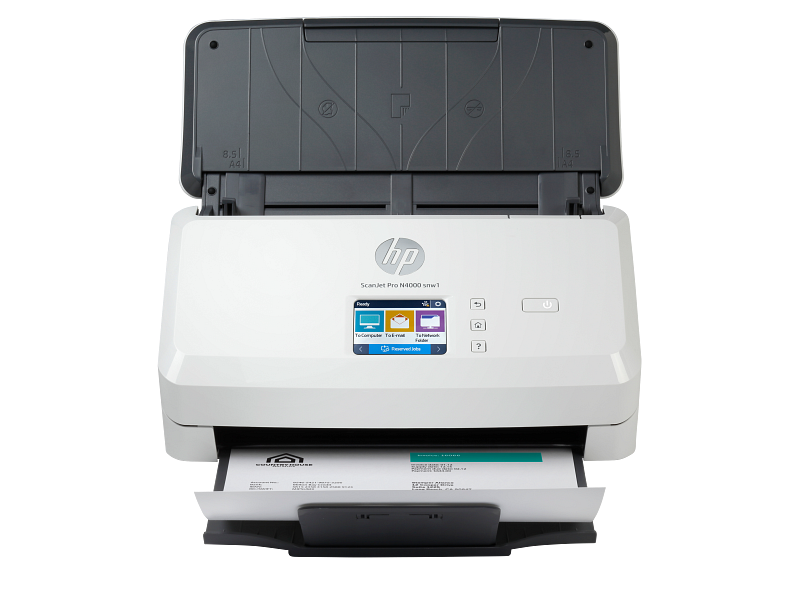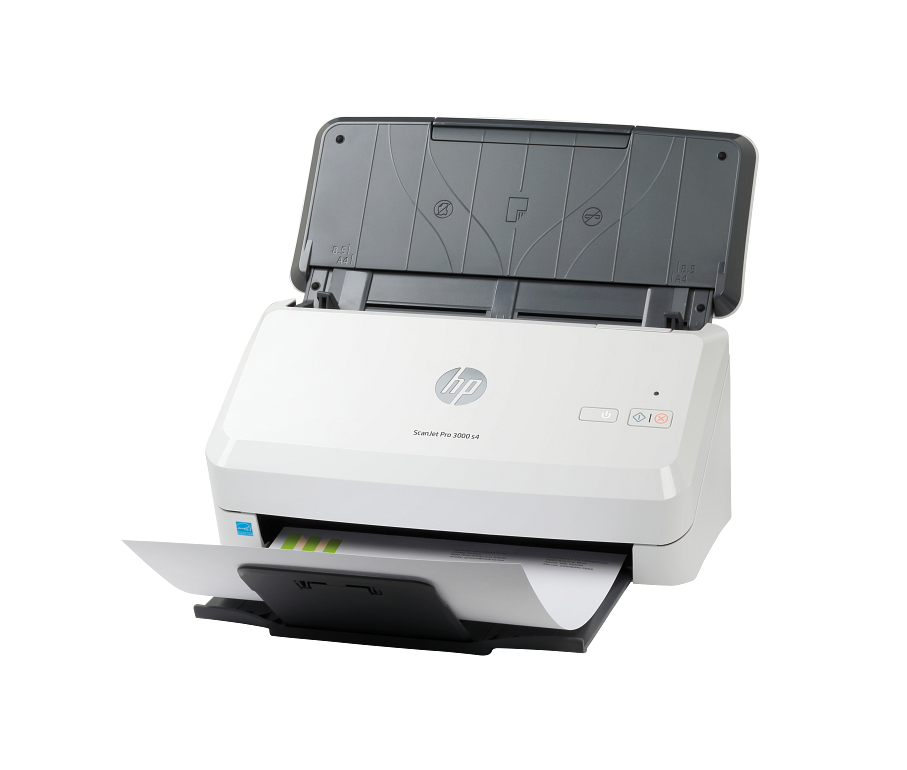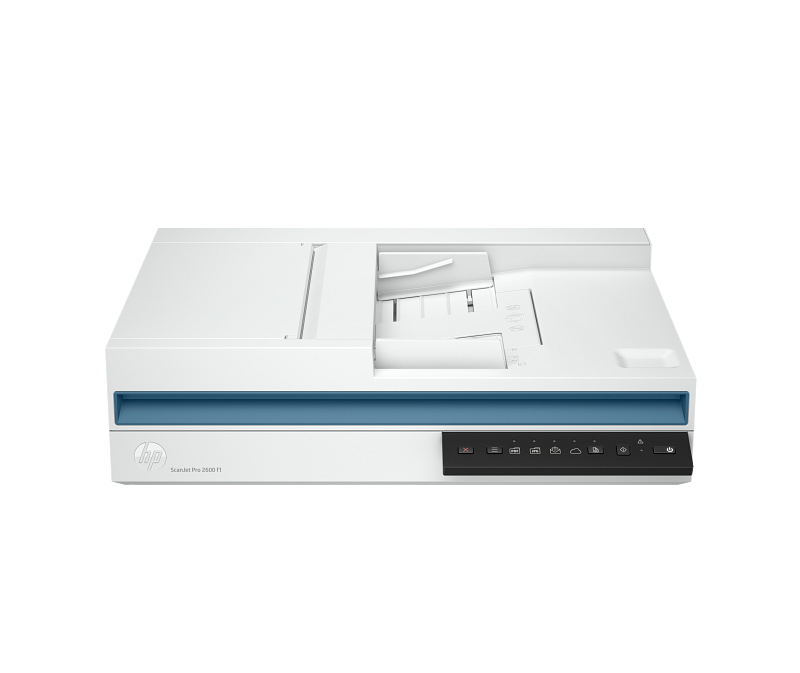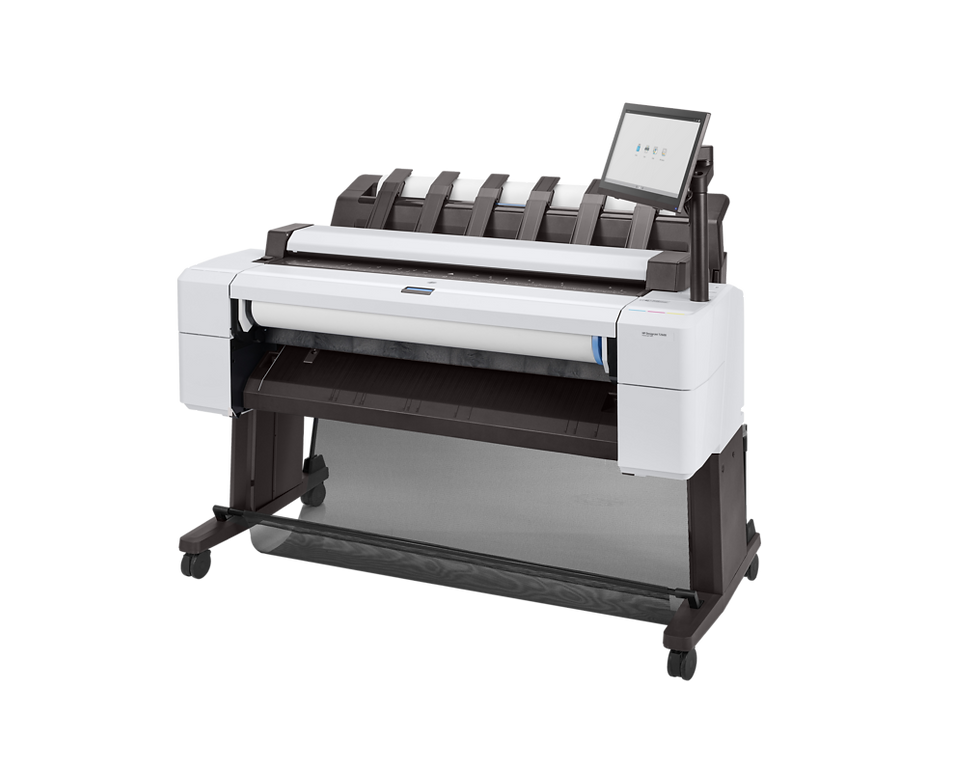🧊 Product Title
HPE ProLiant DL380 Gen11 Standard Heat Sink Kit – P49145‑B21
🔍 Key Specifications & Features
| Specification | Detail |
|---|---|
| Compatibility / Platform | Designed for the HPE ProLiant DL380 Gen11 server platform. Hewlett Packard Enterprise+2Senetic+2 |
| Part Number / SKU | P49145‑B21 https://www.dinhvangcomputer.vn+1 |
| Weight | Approx. 0.64 kg (1.411 lb) https://www.dinhvangcomputer.vn+1 |
| Dimensions (L × W × H) | 16.7 × 20.4 × 16.1 cm (6.58 × 8.03 × 6.34 in) Hewlett Packard Enterprise+1 |
| TDP Support Note | Suitable for CPUs with ≤150 W TDP in this server platform. https://freshit.sk |
| Form Factor | Rack‑mounted server component (2U server chassis typical for DL380 Gen11) |
| Mounting / Fit | Direct fit for DL380 Gen11, maintaining OEM airflow and thermal design |
| Material & Build Quality | High‑quality heatsink construction (optimized fin array, direct contact base) typical of HPE server heatsinks (manufacturer details not fully public) |
| Purpose | Facilitate efficient thermal dissipation for the CPU module in the DL380 Gen11 server — ensuring server reliability, optimal performance and longevity of components |
🎯 Compatibility & Use‑Case Overview
Specifically engineered for the DL380 Gen11 server family, which is a widely used 2U enterprise server by Hewlett Packard Enterprise (HPE). The heatsink kit ensures the cooling system matches the thermal profile and airflow path of the platform.
If you’re deploying or upgrading a DL380 Gen11 system (single or dual CPU configuration), this is the correct heatsink kit to maintain compliance with the original design.
For servers requiring higher CPU TDP (above ~150 W) or specialized cooling (liquid cooling kits, high‑performance fans), you might need a “High Performance” heatsink variant rather than the standard kit. Check your CPU model and server thermal specification.
📝 Why this Component Matters for Server Deployments
Thermal reliability: Using the correct OEM heatsink ensures that the CPU stays within safe operating temperatures, reducing throttling and safeguarding long‑term performance.
Simplified maintenance: OEM standard kits like this from HPE simplify spares management and ensure consistent maintenance processes across your server fleet.
System warranty & support compliance: Deploying the correct part helps maintain system support eligibility and avoids thermal‑related issues that could arise from mismatched parts.
Optimized airflow design: The DL380 Gen11 chassis has a fixed airflow path. A proper heatsink ensures air flows correctly and cooling meets design expectations — using non‑standard parts may disrupt that airflow and raise system temperatures.
✅ Best Practice Tips for Installation & Use
Ensure the server is powered off, unplugged, and discharged before removing or installing the heatsink.
Clean thermal interface material (TIM) surface and apply fresh TIM as needed (if required by HPE).
Confirm CPU TDP rating — for standard heatsink kits, keep within ≤150 W as recommended. https://freshit.sk
After installation, monitor CPU temperature via HPE iLO (Integrated Lights Out) or onboard thermal sensors to verify proper cooling.
Maintain good airflow in the server rack — hot exhaust from neighboring servers can impact thermal performance.
Keep firmware (BIOS, iLO) up to date — some thermal management functions are firmware‑controlled.




























